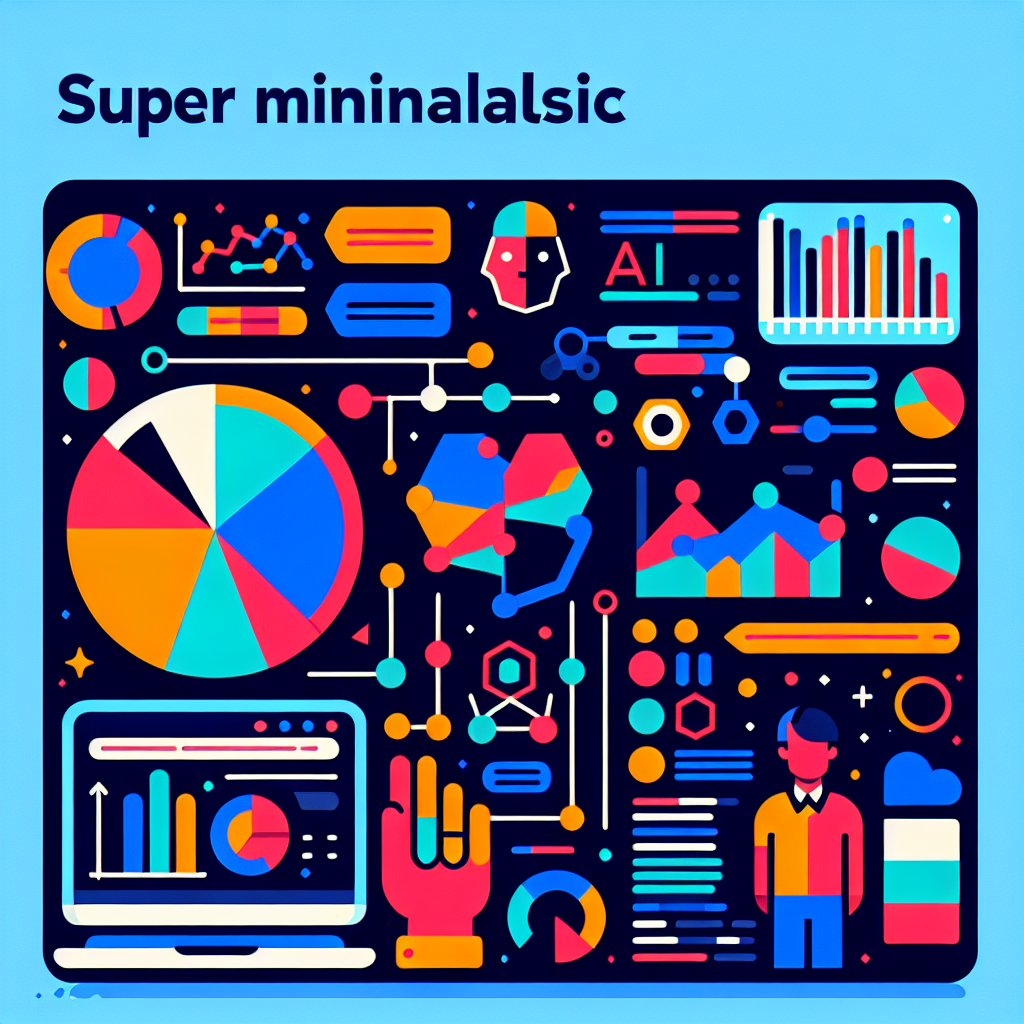AI-driven image sitemaps for WordPress: smarter image indexing
Images are no longer decorative extras — they’re search assets. With Google’s visual search, Lens, and ever-smarter image understanding models, properly indexed images can drive significant organic traffic and support product discovery. Yet many WordPress sites rely on ad-hoc image handling and miss simple signals that help Google find and index images.
Why image sitemaps still matter in 2025
Search engines use multiple signals to find and rank images: structured data, HTML attributes, sitemaps and crawlability. An image sitemap makes every image URL explicit and speeds discovery, especially for images loaded via JavaScript, lazy-loading, or served from different subdomains and CDNs.
Combine that with recent advances in AI — automated metadata extraction, perceptual deduplication and content-aware prioritisation — and you get a system that not only lists images but organises them by SEO impact.
Common WordPress pitfalls that block image indexing
- Images served from unsubmitted subdomains or third-party CDNs without correct sitemap entries.
- Missing or generic alt text that fails modern intent matching.
- Duplicate visuals across pages (thumbnails, product variants) without canonicalisation.
- Lazy-loading plugins that hide real image URLs from crawlers if not implemented correctly.
- Images embedded via iframes or scripted galleries that escape basic crawlers.
What an AI-driven image sitemap pipeline looks like
Here’s a practical pipeline you can implement on WordPress to generate and maintain an intelligent image sitemap.
- Scan and inventory — crawl your site (including JS) to collect every image URL, EXIF data and hosting path. Include CDN origins and subdomains.
- Extract AI metadata — run vision models to generate descriptive tags, confidence scores and suggested alt text. Use human review rules for sensitive content and brand language.
- Deduplicate and cluster — apply perceptual hashing to group near-identical images and pick the canonical URL to promote.
- Prioritise images — score images by traffic potential: product shots, hero images, unique illustrations and images referenced by structured data rank higher.
- Build the sitemap — emit
<image:loc>entries with<:caption>,<:geo_location>and<:license>where relevant. Include lastmod and changefreq driven by content updates. - Automate updates — trigger sitemap rebuilds on upload, post publish, or batch re-scans. Push updates to Google Search Console programmatically.
- Monitor indexing health — track which images get crawled and indexed, and use AI to alert on drops or duplication issues.
Tools and techniques worth using
- Vision APIs (Google Cloud Vision, AWS Rekognition) or open models (CLIP) for descriptive labels and alt text suggestions.
- Perceptual hashing libraries (pHash, imagehash) to detect duplicates and near-duplicates.
- Server-side render checks or headless crawlers to ensure JS-injected galleries are discoverable.
- Sitemap libraries that support image namespaces, or a custom WordPress plugin that emits a separate image sitemap file.
- Monitoring via Google Search Console API and synthetic logs to measure crawl budget and indexing rate.
Practical WordPress implementation tips
- Keep URLs stable: avoid query-string image URLs for canonical product images. Stable paths help indexing and ranking.
- Use meaningful alt text: auto-generate suggestions with AI, but always include a human review step for brand voice and accuracy.
- Expose image metadata: use imageobject schema where it helps (products, recipes, news) to give search engines richer context.
- Handle CDNs and subdomains: add those origins to your sitemap or ensure canonical links point to the primary domain.
- Respect privacy and copyright: detect faces and sensitive content; flag images for manual approval before automated publishing.
Measuring success and iterating
Make your image sitemap an active SEO asset, not a one-off task. Track these KPIs weekly for the first 90 days, then monthly:
- Indexed image count (Search Console)
- Image-driven organic sessions and impressions
- Crawl frequency and errors for image URLs
- Improvements to image SERP positions for priority queries
Use AI to surface anomalies — sudden drops in indexed images, spikes in duplicate-image groups, or images that generate impressions but no clicks — and build workflows that triage issues to content or development teams.
Why combine this with broader WordPress optimisation
An image sitemap works best alongside a performance and SEO programme. Optimising formats (AVIF/WebP), using responsive srcset, and delivering via a fast host improves both ranking and user conversions. If you need support integrating these layers into your WordPress stack, our teams build SEO-aware sites and automation workflows that include image pipelines — see our web development and SEO services for typical site architectures.
Getting started — a minimal pilot plan
Run this four-week pilot:
- Week 1: Crawl and inventory all images; identify top 200 images by traffic potential.
- Week 2: Generate AI metadata and suggested alt text; implement human review for top 50 images.
- Week 3: Emit the image sitemap and submit to Search Console; fix crawl blockers.
- Week 4: Monitor indexing and report results; refine prioritisation rules.
If you’d rather not build this in-house, we automate image sitemaps and monitoring as part of our AI and maintenance offerings — learn more about our AI capabilities and contact us to discuss a pilot tailored to your WordPress site.
Images can be powerful drivers of discovery when they’re visible, descriptive and prioritised. An AI-driven image sitemap stops images from hiding in plain sight and turns them into measurable SEO assets.






